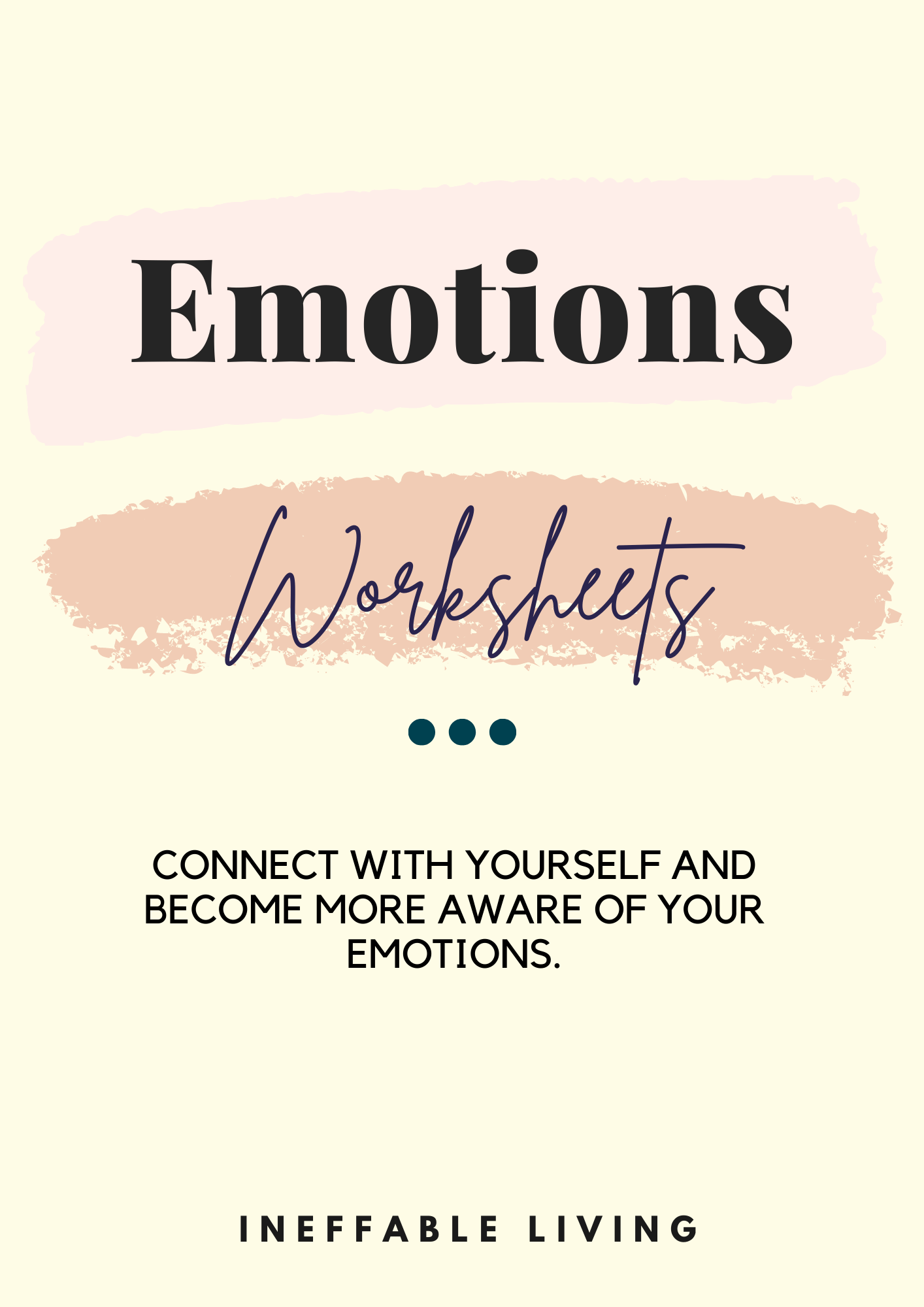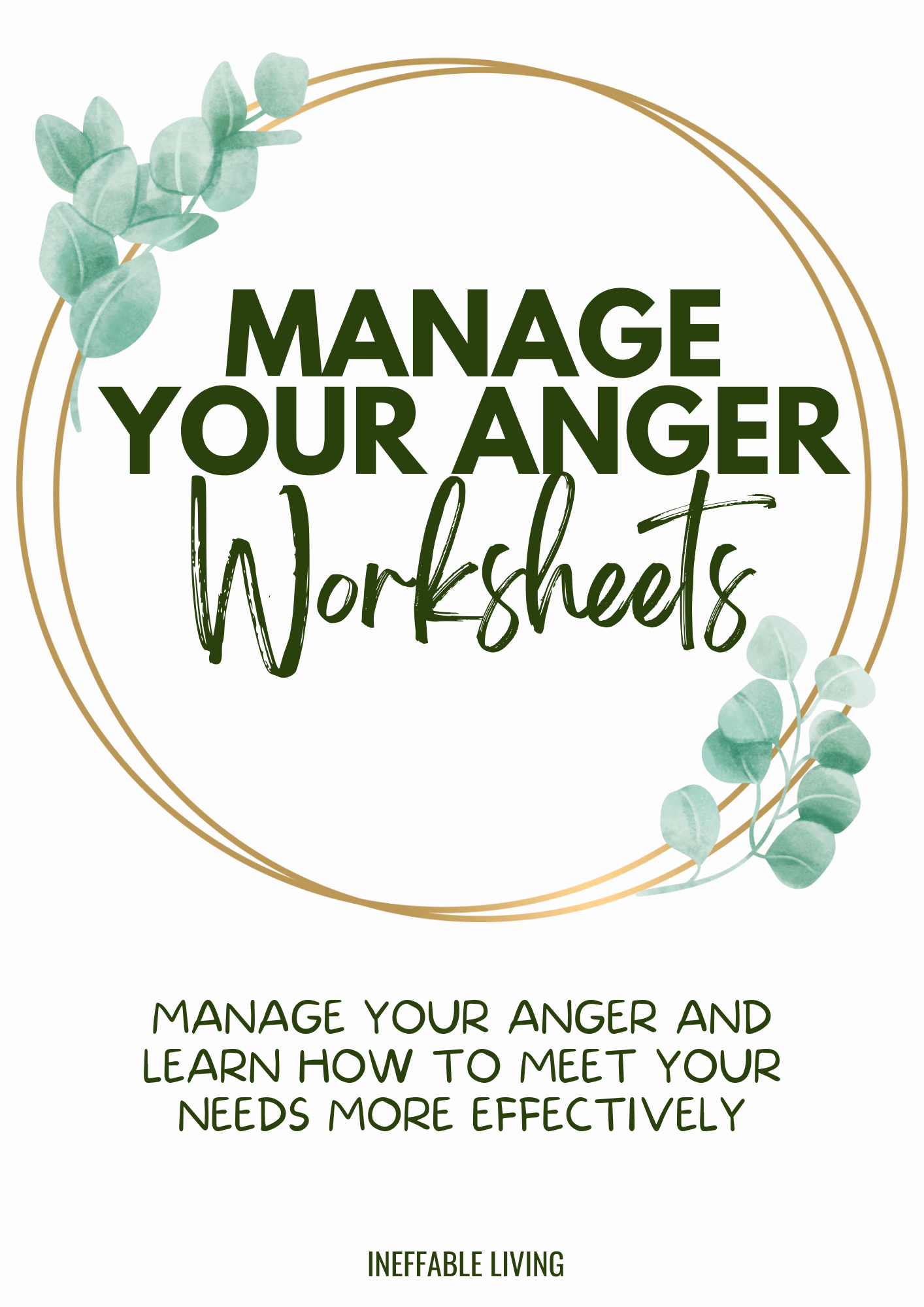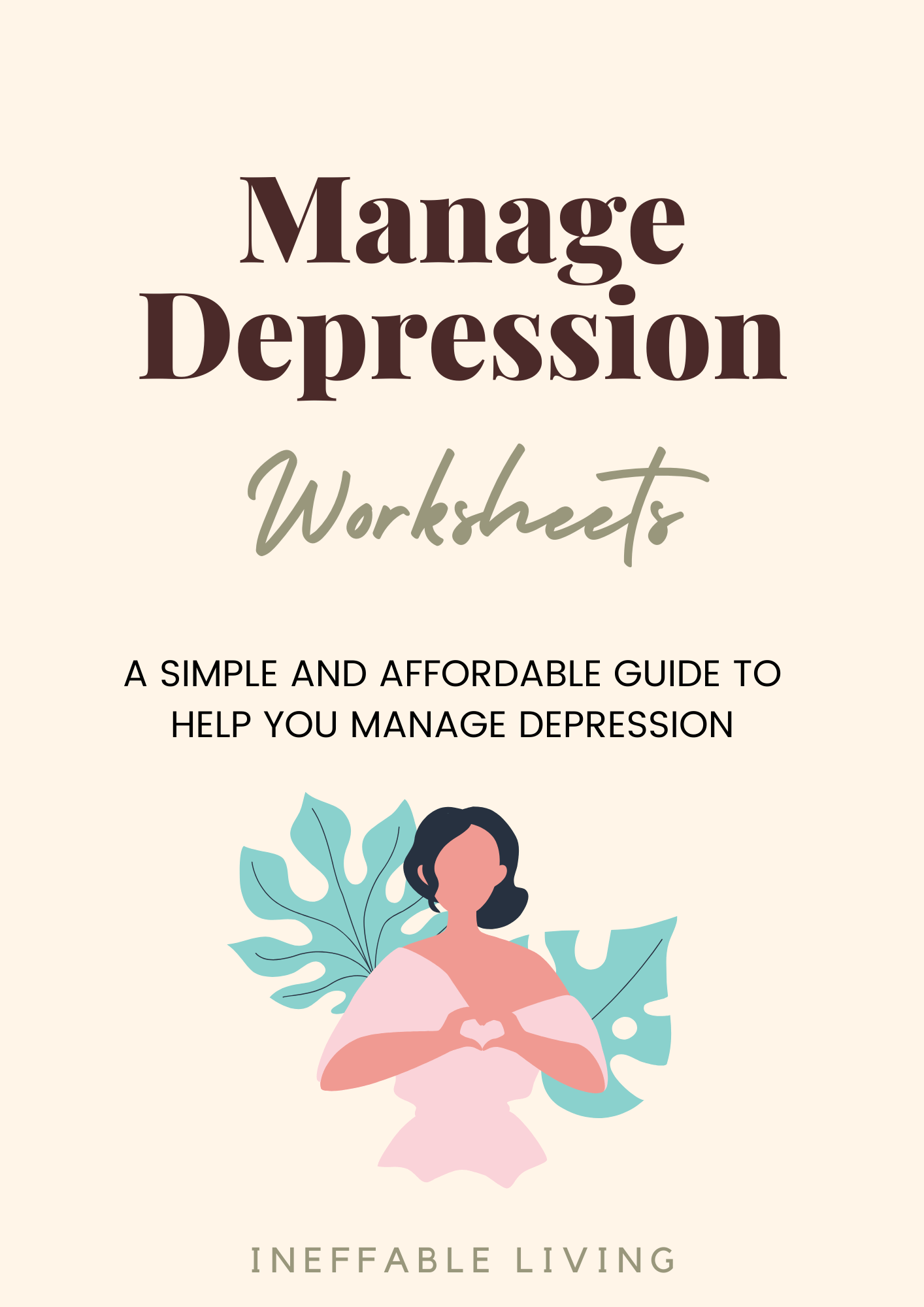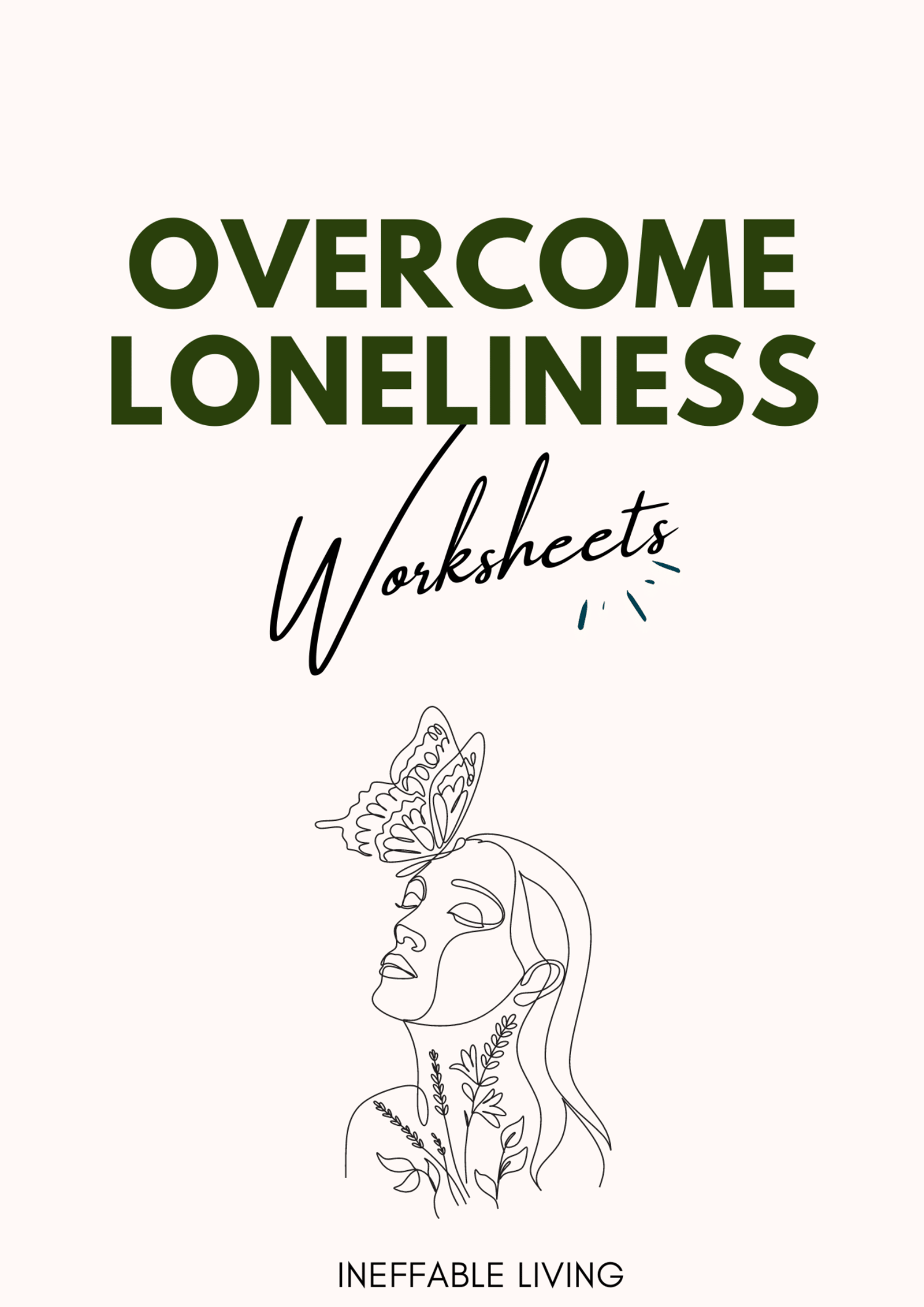Some days, emotions feel like waves crashing over you — too strong, too fast, too much. Whether it’s anger, sadness, guilt, or anxiety, these feelings can be hard to understand, let alone manage. You might try to push them down, ignore them, or ride them out — only to find they keep coming back, stronger than before.
If that sounds familiar, you’re not alone. And there is a better way. Emotional regulation worksheets are designed to help you slow down, understand what you’re feeling, and process your emotions without getting swallowed by them.
1. Emotions Worksheets
Learn to identify, name, and navigate big feelings with practical tools for emotional awareness and balance.
2. Manage Your Anger Worksheets
Channel anger into healthy expression with worksheets that help you pause, process, and respond instead of react.
3. Shame Worksheets
Uncover the roots of toxic shame and begin replacing harsh inner criticism with self-compassion and healing truths.
4. Manage Depression Worksheets
Break the cycle of low mood and exhaustion with small, manageable steps for emotional clarity and self-care.
5. Overcome Loneliness Worksheets
Ease emotional isolation, reconnect with yourself, and start building meaningful connection — even if you feel alone right now.
How Worksheets Can Help You Emotionally Regulate
These worksheets aren’t about suppressing emotions — they’re about understanding them. They help you:
- Identify and name the emotion clearly
- Explore where it’s coming from and what it needs
- Reduce emotional intensity through grounding tools
- Challenge harmful thought patterns
- Express your feelings in a safe, structured way
- Rebuild trust with your emotional self
Because when you name what you’re feeling, you stop fearing it — and that’s the first step to healing.
Your Feelings Deserve Space — Not Shame
Big feelings don’t make you too much. They make you human.
These worksheets are a gentle, powerful way to build emotional awareness, develop healthier responses, and give yourself the compassion you’ve always needed.
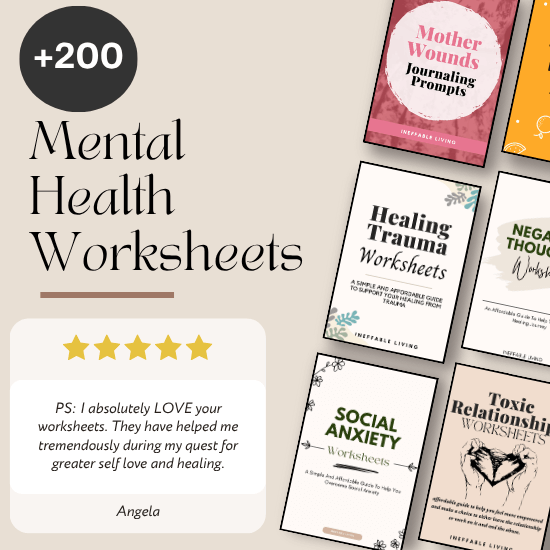
Read Testimonials –> HERE
FAQs
Can I use the worksheets with my therapy clients?
Absolutely! The worksheets are meant for both, personal and professional use.
The worksheets are copyrighted so you can’t resell them or upload them publicly online. But you can share them with your clients.
Can I make changes to the files before handing them down to my clients?
Absolutely! You can convert your PDF files to word documents and make changes using free tools like pdf2doc.com.
How do I know if these worksheets are right for me?
These worksheets are perfect for anyone who needs an affordable, yet effective strategies to help them increase their self-awareness and work on their own issues – alone or with their therapist.
These worksheets are not a one-size-fits-all approach and are in no way meant to imply that change is as one-dimensional as a worksheet.
So choose the techniques and suggestions that apply to you and tailor the exercises in ways that will be helpful to you.
Can I use these worksheets on my own or should I seek professional guidance?
These worksheets are designed to be helpful on their own. However, seeking professional guidance from a mental health professional can increase their effectiveness.
How do I use mental health worksheets effectively?
1. Set aside dedicated time: Find a quiet and comfortable space where you can focus on yourself without distractions. Treat this as valuable self-care time, just like you would for any other important appointment.
2. Choose the right worksheet: There are numerous worksheets available, each offering unique exercises and prompts. Consider your specific needs and goals. Are you looking to enhance self-awareness, manage stress, or improve your relationships? Select a worksheet that aligns with your current focus.
3. Read instructions carefully: Take a moment to fully understand the purpose and instructions of the worksheet. Clarify any questions you may have before proceeding.
4. Engage in self-reflection: Set pen to paper and let your thoughts flow. Don’t worry about perfection or judgment – this is your private space to express yourself authentically. Be honest with yourself and explore your emotions, thoughts, and experiences without restraint.
5. Reflect on your insights: After completing the worksheet, take some time to reflect on what you have learned about yourself. Consider any patterns or triggers that impact your mental well-being. Identify areas where you can implement positive changes or coping strategies.
6. Incorporate your insights into daily life: The true value of mental health worksheets lies in applying your newfound awareness and insights to your everyday life. Consider how you can integrate these insights into your relationships, self-care routines, and overall well-being.
When should I see a therapist?
These worksheets are designed to help you better understand yourself, your distress, and your difficulties.
You can use it in conjunction with therapy or as a stand-alone guide to manage your distress.
These worksheets can be considered a low-intensity intervention. They’re perfect for those who are struggling with mild to moderate issues.
In mental health, mild to moderate symptoms are those that are severe enough to be distressing to you, but moderate enough that you can still manage most of your daily activities.
If you feel very overwhelmed by any of the exercises in these worksheets, this might be a sign that your symptoms are too severe for you to do the work by yourself.
A therapist will help you at your own pace and provide support and encouragement throughout the process.
Do you have more questions? Check this page –> FAQs
